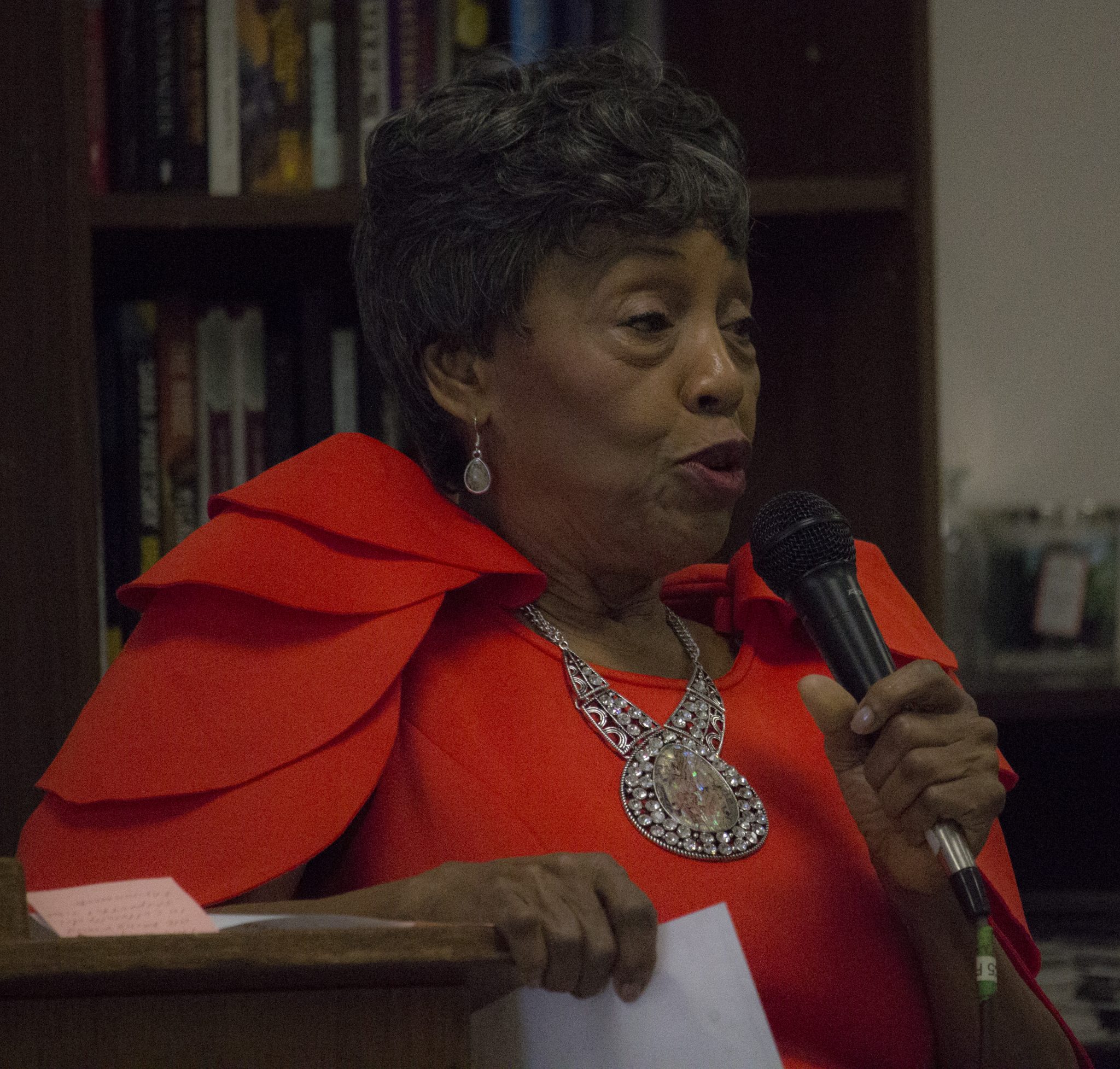Making a connection between the learning experiences and teaching models of the past and present, the Bordentown Historical Society served as the host to a lecture series event with Mildred Rice Jordan, Ed. D., granddaughter of the Bordentown Manual Training and Industrial School (MTIS) Founder, Rev. A.S. Rice.
The lecture event was held at the Carslake Community Center in Bordentown City on April 27, when Rice focused her presentation on the foundations of the MTIS institution as well as an overview from her personal book regarding the school’s philosophy, policies and practices that can be a model, adapted for reclaiming African American students in modern day.
The event was held in coordination as part of the Bordentown Historical Society’s current exhibition series, “Untold Stories: Achieving Furthered Expectations,” which aims to explain Bordentown’s past educational institutions that had an impact on the widespread practice of segregation at a local level.
The exhibition series has featured multiple showings and programs about two Bordentown institutions: the Historical School No. 2 and the Manual Training and Industrial School. The MTIS was a statewide boarding school located south of town and operated from 1886-1955.
The group has focused the past several months on informing people about the history of MTIS, gathering perspectives from those who attended the institution and those who were in the local community, but did not attend the school.
Following in her grandfather’s footsteps, Rice, the selected lecturer for the event, has built a career in education having dedicated 40 years of her life to teaching and advocacy for quality education for students in urban communities.
As a professor at Rider University, Rice taught field-based education courses, coordinated and supervised students in urban clinical experiences and was an instructor in the multicultural studies program.
Touching on topics throughout her presentation such as the academic and vocational curriculum at MTIS as well as the extra-curricular activities and programs the institution offered, Rice said that the school’s foremost teaching model was aimed to support the students in multiple ways.
“Everything that was done [at the school], was done for the students,” Rice said. “It wasn’t about pleasing the teachers or pleasing the principal, it wasn’t about passing the standardized tests. It was about [the students].
“All subjects, trades and co-curriculars were planned for the benefit of the students. You had the opportunity to graduate with a high school diploma and a trade certificate, so that you were economically independent,” she added.
Another dedicated portion of Rice’s lecture focused on the aspects of the juvenile justice system given the institution’s eventual transition to a medium-security juvenile detention facility.
By providing multiple statistics and well as specific examples throughout the state and country of what Rice believed to be injustices toward juvenile minority students, she pointed out that an institution such as MTIS’ teaching model and legacy could be instilled even today to develop appropriate methods for teaching juveniles in urban public schools.
“These are children,” Rice said. “When you are dragged out of school, dragged into court, you end up in a juvenile justice system, and then you are treated in punitive ways. Then, there is a loss for all of us because who knows what those young people could become?”
As the Bordentown Historical Society’s exhibition series comes to a close, one final event is scheduled on May 4 to culminate the series as a banner celebration and reception is to be held at the Friends Meeting House in Bordentown City to honor the legacy of the Historical School No. 2 and MTIS.

